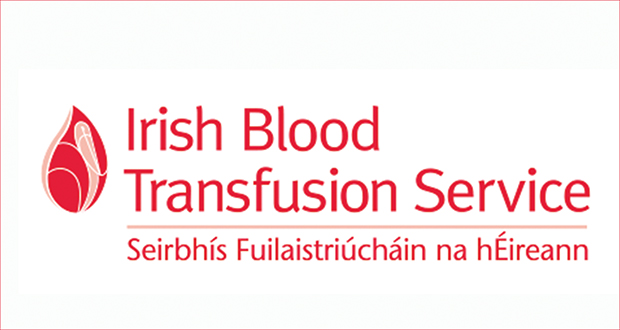By Blathnaid O’Dea
To the uninitiated, a blood clinic can seem bizarrely like a cross between a bingo hall and a tattoo parlour. Walking into the conference room that the Irish Blood Transfusion Service (IBTS) has reserved in The Clybaun Hotel for the evening, I am struck by how content everyone seems. People check in with two jolly IBTS staff members, before going off to sit on chairs to wait for their names to be called. Further down the room, nurses take blood from donors, who relax and watch the world go by. Perhaps they sneak a look at the blood draining from the vein in their arm, or at the table that is set up tantalisingly close to them, laden with biscuits and tea and crisps. These will be their reward for donating their valuable blood, and, as someone who can barely sit through a routine blood test without fainting, I think a bit of grub is well deserved.
However, the donors don’t do it for the biscuits. They do it because they are good people and they have a social conscience. Anne Higgins, the district nurse for Galway West, explains that most of the donors she knows – and she knows most of the “regulars” at this stage – fit donating blood quite seamlessly into their regular routines. They might call in to donate on their way home after work, or they might go home first and eat dinner and then go and donate, she says. This is the reason most blood clinics are held in the evening time between 5.30 and 8.30, although Higgins says they will continue registering new donors until 8.40 some evenings, such is the need for blood in Irish hospitals. “They’re just genuine, nice people that either have a social awareness about the need for giving blood and the benefits it gives patients in hospital, or else they had a family member, or friend, or somebody that has been sick”, she says.
I’m impressed at the IBTS set-up: from the guys at the little table by the door in charge of vetting new donors for suitability, to the nurses who keep a watchful eye on donors to make sure they are okay, both during and after the donation process. It is all very tightly regulated, Higgins explains. “We have very strict criteria for donating and, unfortunately, the reason it is so strict is we have to make sure the blood we give to a patient is safe to be given to them. Sometimes it’s not safe for the donor, and they might feel they’re fine. We always explain to donors the reason why we can’t take them on that particular night or the reason why they might never be able to donate”.
Luckily, the lifting of the ban on donors who lived in the UK for a year or more during the vCJD scare – or “mad cow disease”, as it is more commonly known – means the IBTS will see more donors passing through its clinics. Higgins says she has already noticed an increase in UK donors since the legislation was amended in early October, but even so, the IBTS is constantly on the lookout for new donors.
“We need 3,000 units of blood a week to keep the blood supplies in the hospital ticking over, and by regulations, we should have a minimum of seven days blood in stock of every blood group for any time of the day or night in case it’s needed”, Higgins says. If, like me, you find these statistics a little hard to stomach, individual donors donate 470 mls at a time, which isn’t even a full pint. Still, easier said than done. Higgins explains the needles look worse than they are, and once they go in people generally tend to forget all about them. Based on my observations, she’s absolutely right: most donors are happy out. After they’ve finished donating, the nurses chat with them to make sure they are not feeling woozy and only then are they let loose on the snacks table.
The donors at the snacks table say it’s important not to underestimate the power of a good Bourbon – that’s the biscuit, not the drink – in raising blood sugar levels post donation. One young guy I talk to swears by a sugar-hit, but he also says it is the kindness of the nurses that helps donors like him survive the process. “All the nurses and people here are lovely and they’d do anything for you really,” he says. Another woman echoes the signs posted around the room warning donors to drink “plenty of water” before they donate.
Both donors were regulars, and, needles aside, it’s easy to see why they like donating. There’s the sense of achievement, the community aspect, and the nurses are indeed lovely – they could not be more reassuring and helpful. For anybody who is not terrified of needles or unable to donate because of a medical condition, I’d encourage you to look in to donating because the IBTS is always baying for blood – and not just during Halloween.
